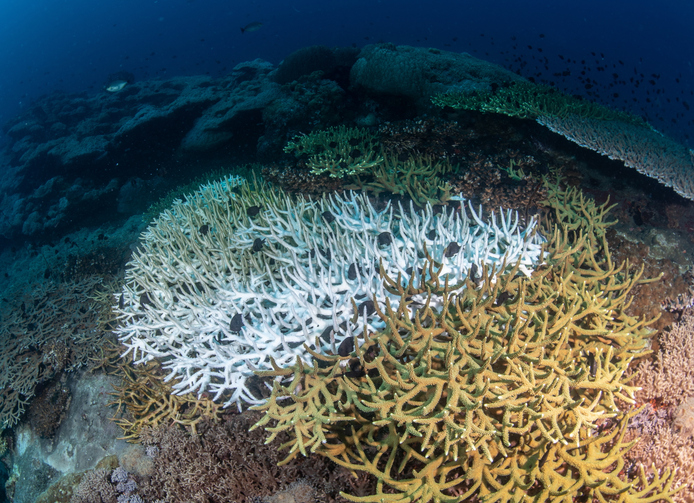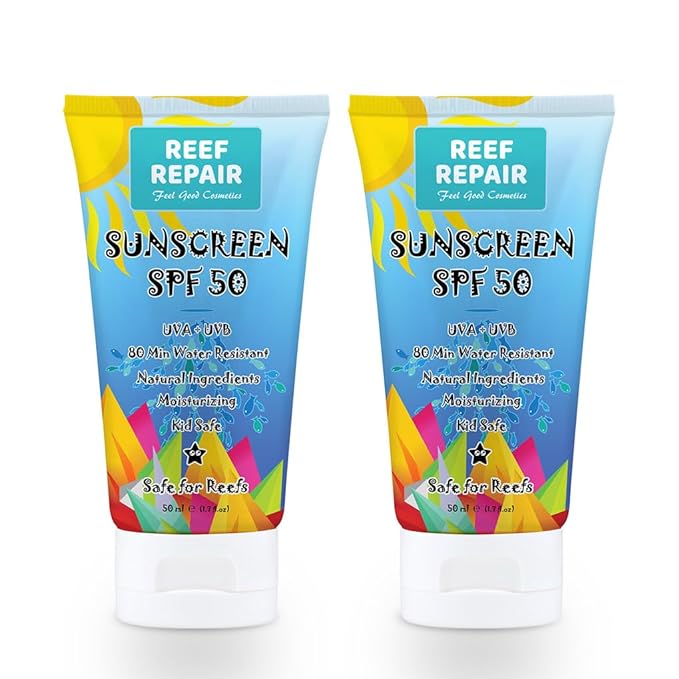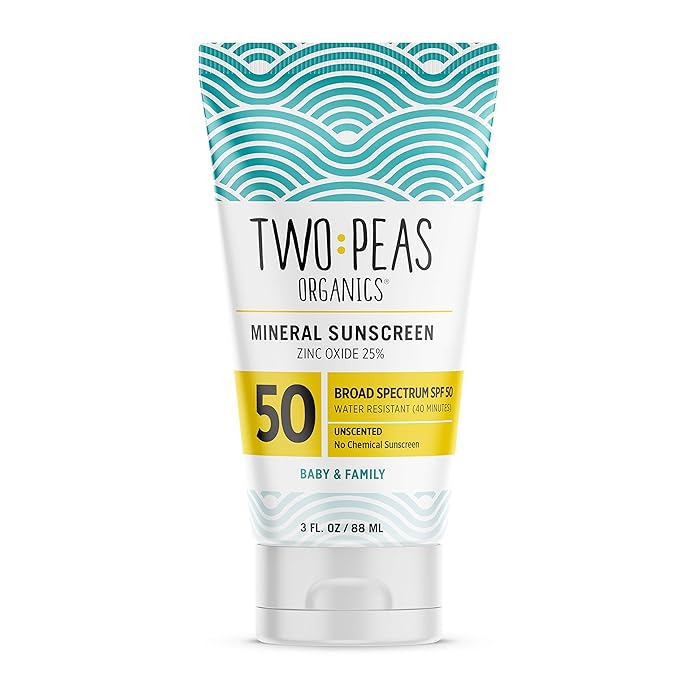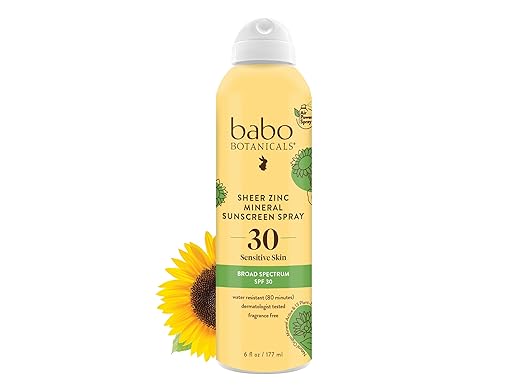When you head to the beach or dive into the ocean, you might not realize that the sunscreen you apply can have a significant impact on the marine environment. Sunscreen is essential for protecting our skin from harmful UV rays, but it’s equally important to choose a sunscreen that protects the delicate ecosystems we enjoy. Reef-friendly sunscreen is a crucial choice for anyone who loves the ocean and wants to help preserve its beauty and biodiversity.
The Dangers of Using Non-Reef-Friendly Sunscreen
Non-reef-friendly sunscreens contain chemicals that can have devastating effects on marine ecosystems:
Coral Bleaching
Chemicals like oxybenzone and octinoxate can cause coral bleaching, a process where corals lose their vibrant colors and essential symbiotic algae, leading to weakened and dying reefs. Coral reefs are vital ecosystems that support a vast array of marine life, and their decline can disrupt entire oceanic food chains.

Toxicity to Marine Life
Sunscreen chemicals can accumulate in the tissues of marine organisms, leading to toxicity and disruption of reproductive and growth processes. Fish, sea urchins, algae, and even marine mammals can be affected by these harmful substances.
Ecosystem Imbalance
The damage caused by non-reef-friendly sunscreens extends beyond coral reefs. The chemicals can affect phytoplankton, the base of the marine food web, leading to broader ecological imbalances and affecting the health of entire marine environments.
What Makes a Sunscreen Reef-Friendly?
Reef-friendly sunscreens are formulated without certain chemicals that are known to harm coral reefs and marine life. Here are the key ingredients to avoid:
- Oxybenzone (Benzophenone-3): This chemical can cause coral bleaching, damage coral DNA, and disrupt the growth and reproductive cycles of marine organisms.
- Octinoxate (Ethylhexyl Methoxycinnamate): Similar to oxybenzone, octinoxate can lead to coral bleaching and is toxic to marine life.
- Octocrylene: This ingredient can accumulate in coral tissues and contribute to bleaching and damage.
- Homosalate, 4-methylbenzylidene camphor, PABA, and Parabens: These chemicals can also be harmful to coral reefs and marine organisms.
Reef-friendly sunscreens typically use mineral-based ingredients like zinc oxide and titanium dioxide, which are less likely to cause harm to marine life. It’s important to ensure these minerals are “non-nano,” meaning their particles are larger than 100 nanometers, preventing them from being ingested by corals and other marine organisms.
Don't Be Fooled By The Label "Reef Friendly"
Unfortunately, the term "reef friendly" isn't a regulated term, so any sunscreen can be labeled reef-friendly, even when it isn't. Many brands will call a sunscreen "reef friendly" because it complies with the Hawaii 104 Reef Act, which only restricts oxybenzone and octinoxate.
When selecting a sunscreen, always check the ingredients list to ensure it doesn’t contain harmful chemicals. Here are a few tips:
- Opt for Mineral Sunscreens: Choose sunscreens with non-nano zinc oxide or titanium dioxide.
- Read Labels Carefully: Ensure the product is free of oxybenzone, octinoxate, and other harmful chemicals.
- Apply Correctly: Use a moderate amount and reapply as needed, especially after swimming or sweating.
- Cover Up: Use protective clothing, hats, and sunglasses to reduce the amount of sunscreen needed.
Examples Of Reef-Friendly Sunscreens
Because finding an appropriate reef-friendly sunscreen can be confusing and difficult, we've pulled together a few different brands that you can choose from. (Disclosure: The following links are affiliate links. Buying any of these items may earn us a commission, helping fund our nonprofit mission. Price and availability may vary.)
Reef Repair Sunscreen
The Reef Repair brand from Feel Good Cosmetics is a great option for a reef friendly sunscreen. It utilizes 25% Zinc Oxide as its active ingredient and is a non-nano formulation.
Available on Amazon for $17.95 for a 4oz bottle or in a 2 pack of 1.7oz bottles for $21.95.

Two Peas Mineral Sunscreen
The Two Peas is another fantastic option. This reef friendly sunscreen comes in SPF50 version that utilizes 25% Zinc Oxide or an SPF30 version that uses 20% Zinc Oxide.
You can purchase the SPF50 for $16.49 or the SPF30 for $7.89.

Babo Botanicals Spray Sunscreen
If a spray sunscreen is more to your liking, the Babo Botanicals sunscreen utilizes a 12% Zinc Oxide for SPF30 protection for up to 80 minutes.
Babo Botanicals is available for $20.50 on Amazon.

Additional Tips for Protecting Marine Ecosystems
- Avoid Sunscreens with High SPFs: Higher SPF products often contain more chemicals. An SPF of 30-50 is usually sufficient when combined with other sun protection methods.
- Support Legislation: Advocate for laws and regulations that ban harmful sunscreen ingredients in marine environments.
- Spread Awareness: Educate friends, family, and fellow beachgoers about the importance of using reef-friendly sunscreen.
Conclusion
By choosing reef-friendly sunscreen, you’re taking a simple yet powerful step to protect our oceans and the diverse life they support. Each small action contributes to a larger movement toward healthier, more resilient marine ecosystems. Next time you head to the beach or dive into the ocean, make sure you’re not just protecting your skin, but also preserving the underwater world that makes our planet so extraordinary. Together, we can ensure that future generations can enjoy the same vibrant, thriving oceans that we do today.
